As one of the most highly acclaimed series available for gamers, Sega’s Yakuza puts the spotlight on the Japanese mafia and immerses players inside Japan’s criminal underworld. There have been many releases to date, showing just how far the well-received series has come.
Here’s a chronological look at each of the Yakuza games that have been released, including spin-offs.
Yakuza (2006)

The first game in the series was launched internationally for the PS2. Players can take on the role of Kazuma Kiryu, a member of the Japanese Yakuza who gets imprisoned for ten years over something he didn’t do. Upon release, he discovers a major incident and decides to protect a young girl believed to have a connection to the case. He eventually earns the respect of the people around him.
Despite its unpolished mechanics, this game was praised for its storyline and character development and is a must for all who want to know the series well.
Yakuza 2 (2008)

This is the second entry to the franchise and a direct sequel to the first game. It still centers on Kazuma Kiryu’s involvement in the criminal underworld. This time, Kiryu’s former group, the Tojo Clan of eastern Japan, asked him to help in their relationship with the Omi Alliance group from western Japan. He becomes an adoptive father to an orphan named Haruka, learns more about his own past, and becomes a rival to someone from Omi.
Yakuza 2 improved on the main game’s combat mechanics and added a few new elements like romance. It’s another must-have for fans.
Like a Dragon Arrives! (2008)
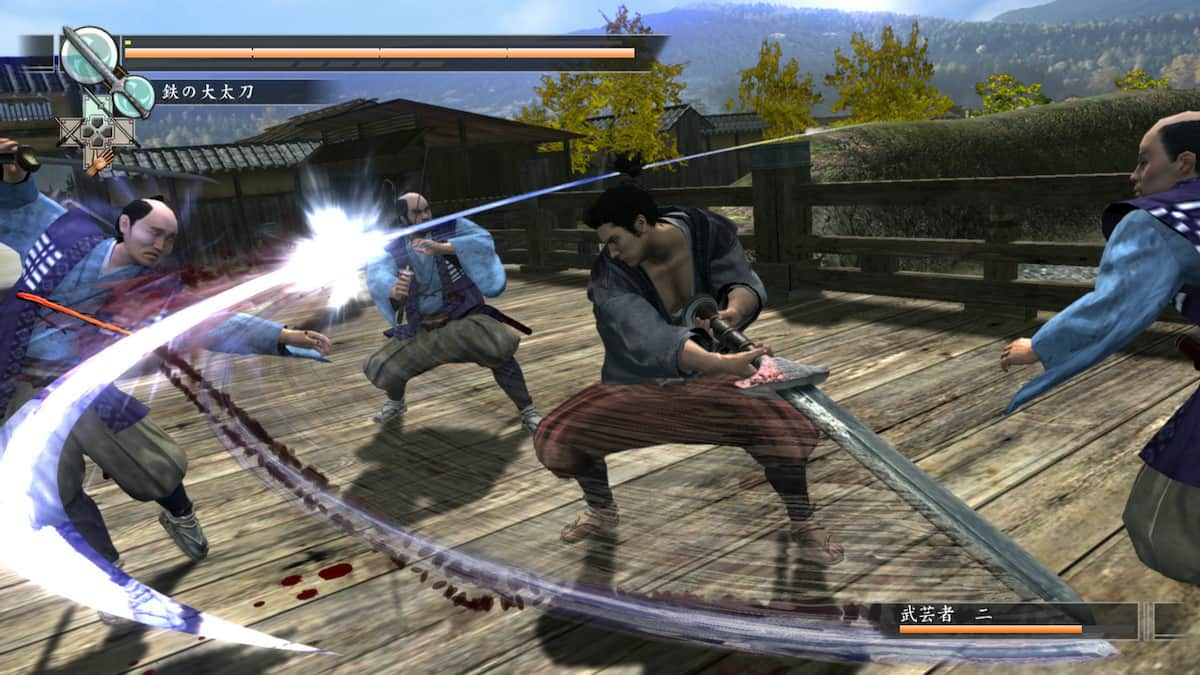
A Japan-only PS3 release, Like a Dragon Arrives! is a period-drama-themed spin-off for the series and focuses on another character and period of time. The game highlights parts of Musashi Miyamoto’s life during the Edo period in Japanese history. Hence, it features character designs and settings reminiscent of the said era.
While the gameplay doesn’t deviate much from the first two entries, it does introduce new mechanics such as a new item storage system. This is not necessary to understand the main game but is still worth the attention.
Yakuza 3 (2010)

The direct sequel to Yakuza 2, Yakuza 3 again puts the spotlight on Kazuma Kiryu as he’s pulled back into the Japanese criminal underworld despite running an orphanage along with his adoptive daughter Haruka. He clashes with some powerful people who want to turn the land where the orphanage stands into a seaside resort.
This is the first Yakuza game on the PS3, and it took advantage of the technology to introduce new mechanics. It also features a new storyline that Yakuza fans shouldn’t miss.
Black Panther: Like a Dragon New Chapter (2010)
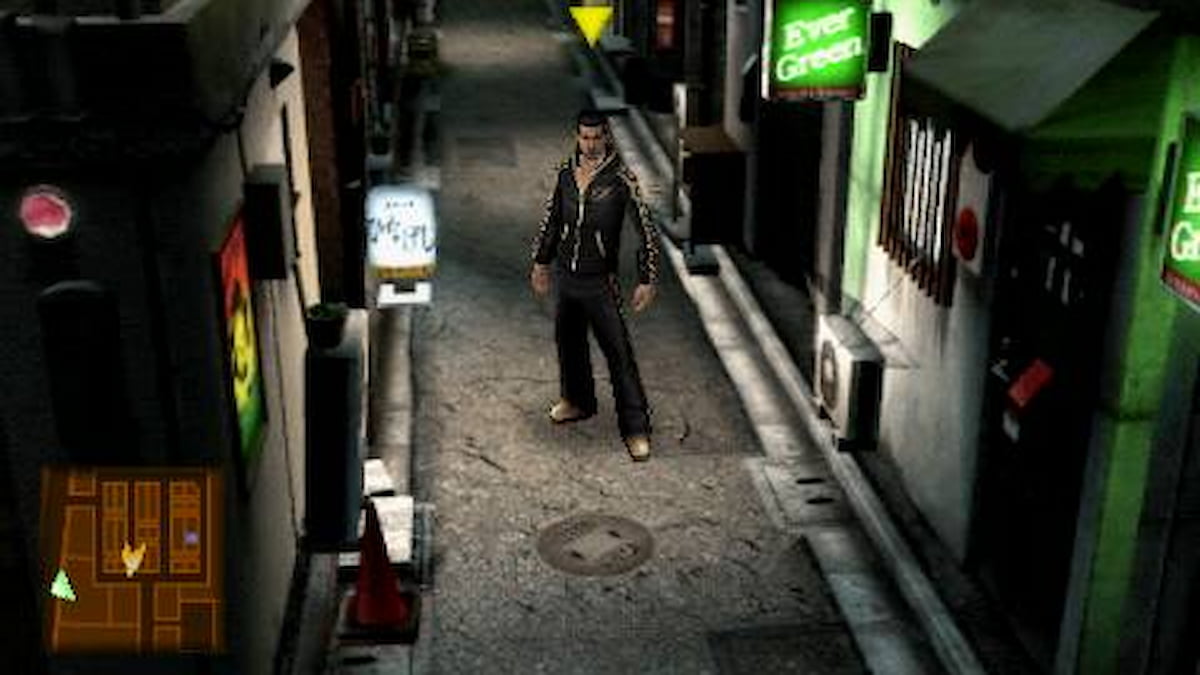
Another Japan-only release, Black Panther: Like a Dragon New Chapter was the first Yakuza game to be made available for the PlayStation Portable (PSP). It follows the story of an aimless youth named Tatsuya Ukyo, who gets framed for an incident that left a young boy in comatose.
While its combat system is drastically different from earlier Yakuza games, Black Panther: Like a Dragon New Chapter’s core gameplay largely remained the same. Those interested in the main Yakuza storyline won’t need to get this, but it won’t hurt to play it.
Yakuza 4 (2011)

This direct sequel to Yakuza 4 welcomes three new characters into the fray. Kazuma Kiryu is joined by protagonists Shun Akiyama, Masayoshi Tanimura, and Taiga Saejima, in a plot that has many twists and turns. Each character has a unique fighting style due to their backgrounds and will require players to master their moves.
Yakuza 4 also has mini-games, and some side quests or goals that are specific to each character. There are also some extra activities that will reward players with trophies for completing them.
Yakuza: Dead Souls (2012)
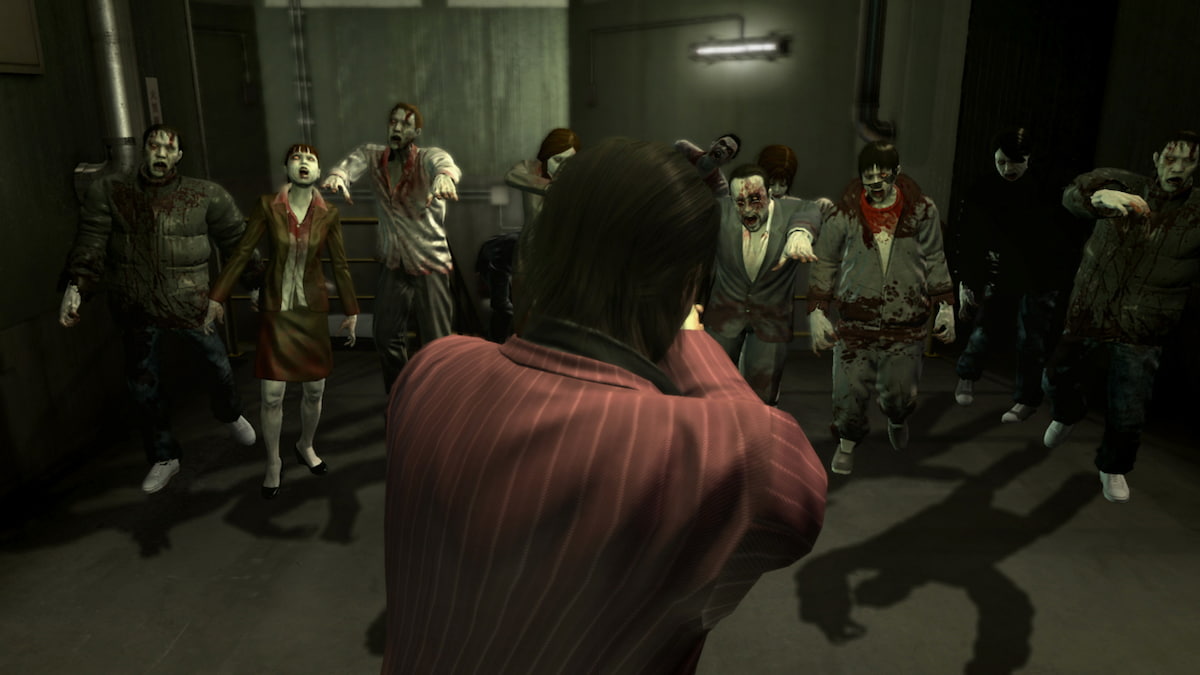
This spin-off has no connection to the original Yakuza storyline. It’s a survival horror adventure game that lets players control familiar characters Kazuma Kiryu and Shun Akiyama, as well as new playable characters Goro Majima and Ryuji Goda, as they navigate in an apocalyptic Kamurocho District filled with zombies.
In the game, which is inspired by Sega’s The House of the Dead series, the zombie outbreak occurred a year after the events of Yakuza 4. The game is split into four parts, each focusing on the four characters’ efforts to help the residents of Kamurocho.
Black Panther 2: Like a Dragon Ashura Chapter (2012)

Another Japan-only release, Black Panther 2: Like a Dragon Ashura Chapter is the direct sequel to 2010’s Black Panther: Like a Dragon New Chapter. The game is set two years after the events of the first game, and players continue to take on the role of Tatsuya Ukyo as he makes his way to becoming the strongest. In the game, Tatsuya has to join forces with other fighters in order to fight against another underground ring called Asura.
Like a Dragon: Ishin! (2014)

Following in the footsteps of the first Yakuza spin-off Like a Dragon Arrives!, this game is set in the Bakumatsu Period of Japan where warriors still held katanas. Players take on the role of samurai Ryoma Sakamoto as he fights enemies and mingles with people in this Yakuza game.
Ryoma embeds himself in society as he searches for the person responsible for the murder of his mentor. He joins the Shinsengumi after receiving information that the assailant could be a part of it.
Yakuza 5 (2015)

The sequel to Yakuza 4, Yakuza 5 maintained the series’ core mechanics but expanded its storyline to include more twists and an interesting plot. It also added new features and introduced new characters alongside familiar faces like Kazuma Kiryu and Shun Akiyama.
The game takes players to five districts across Japan, including the now-familiar Kamurocho where events in earlier entries occurred. The game’s realism and diversions can entice fans to pick up a copy, or at least book a ticket to Japan.
Yakuza 0 (2017)
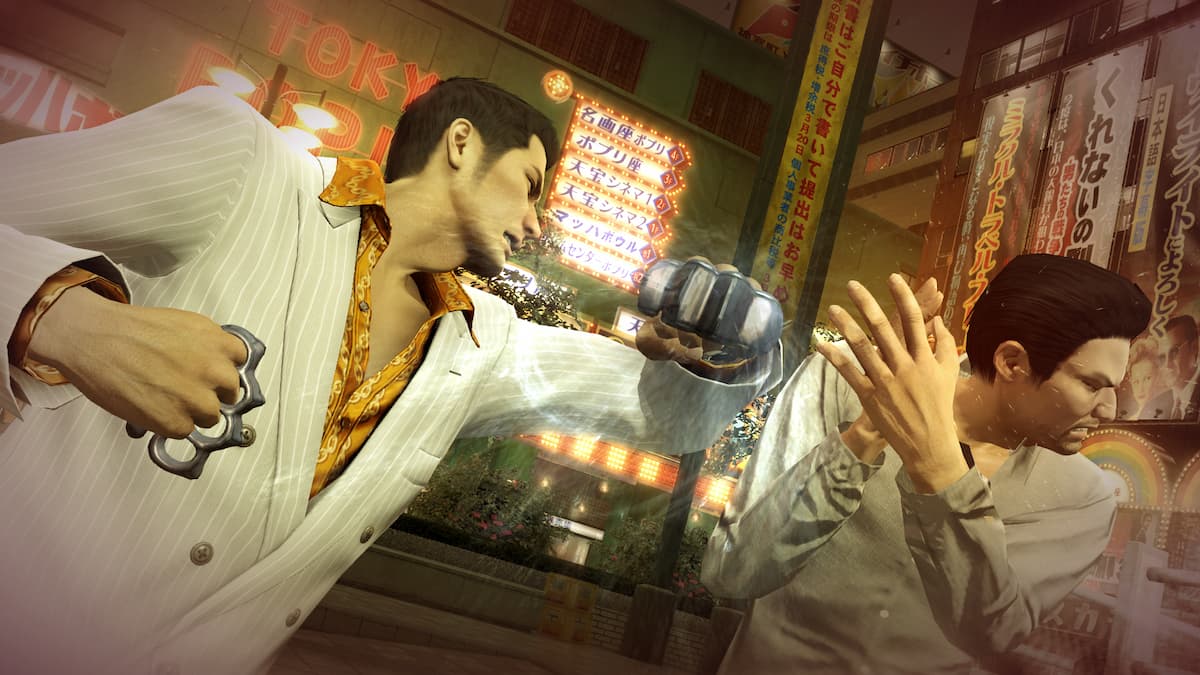
A prequel to the entire Yakuza series, Yakuza 0 lets players alternate between series staple Kazuma Kiryu and Goro Majima, the two main characters, at predetermined points in the story. The game is set about 17 years before the events of the first game, giving players an in-depth look at the main entries’ background.
Players have the freedom to customize the characters to their preferences using money they earn from fights or from Kiryu and Majima’s side businesses. They can also switch fighting styles on the fly.
Yakuza Kiwami (2017)

Yakuza Kiwami is the remake of the first Yakuza game released in 2006. Created for the PS4, Yakuza Kiwami allowed players to relive the first game, but with better graphics, improved gameplay, and some additions to the storyline.
Despite being a remake of the first game, Yakuza Kiwami took some cues from Yakuza 0’s fighting system. It also introduced a new gameplay system that lets Majima challenge Kiryu anywhere in the game—while exploring, during minigames, and so on. This is a must-have for players who loved the first game as well as the prequel.
Yakuza 6: The Song of Life (2018)
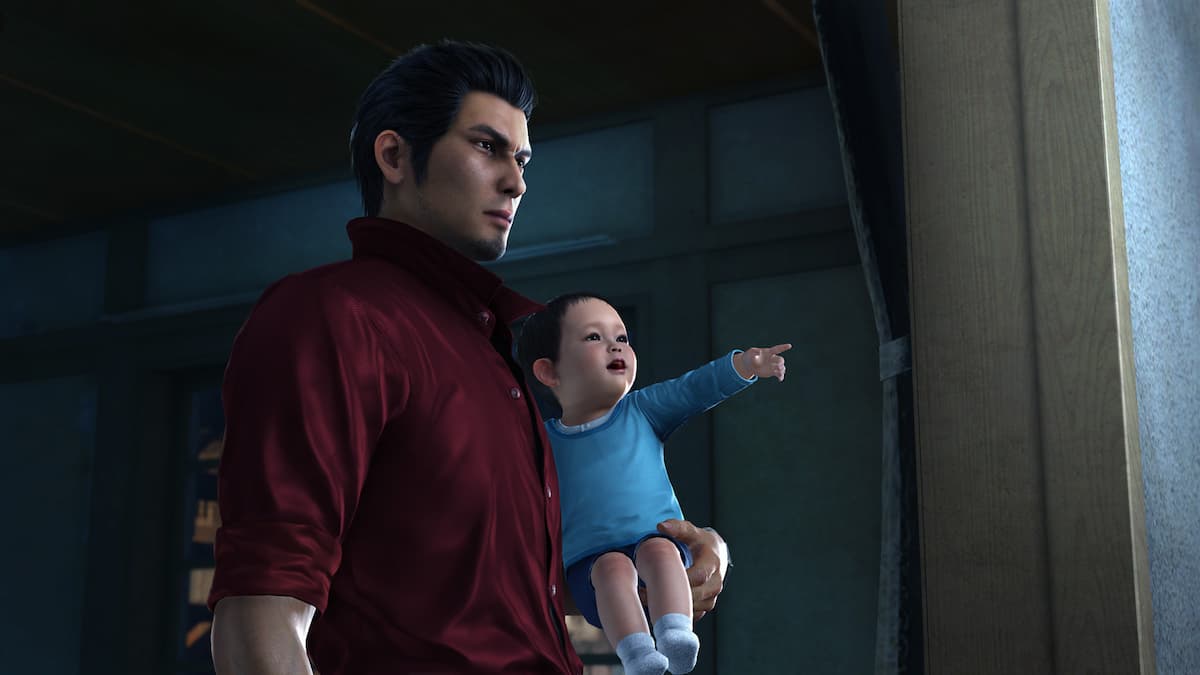
Yakuza 6: The Song of Life removes other playable characters and lets players assume the role of Kazuma Kiryu as he searches for whoever is responsible for what happened to his adoptive daughter Haruka. Unlike in earlier entries, Kiryu uses one fighting style in this game, which means players might enjoy mastering all his moves or get bored repeating the same moves again and again.
The game might feel watered-down to some, but it gives Kazuma’s saga a satisfying conclusion. This entry is a good starting point for those who are new to the entire Yakuza franchise.
Yakuza Kiwami 2 (2018)
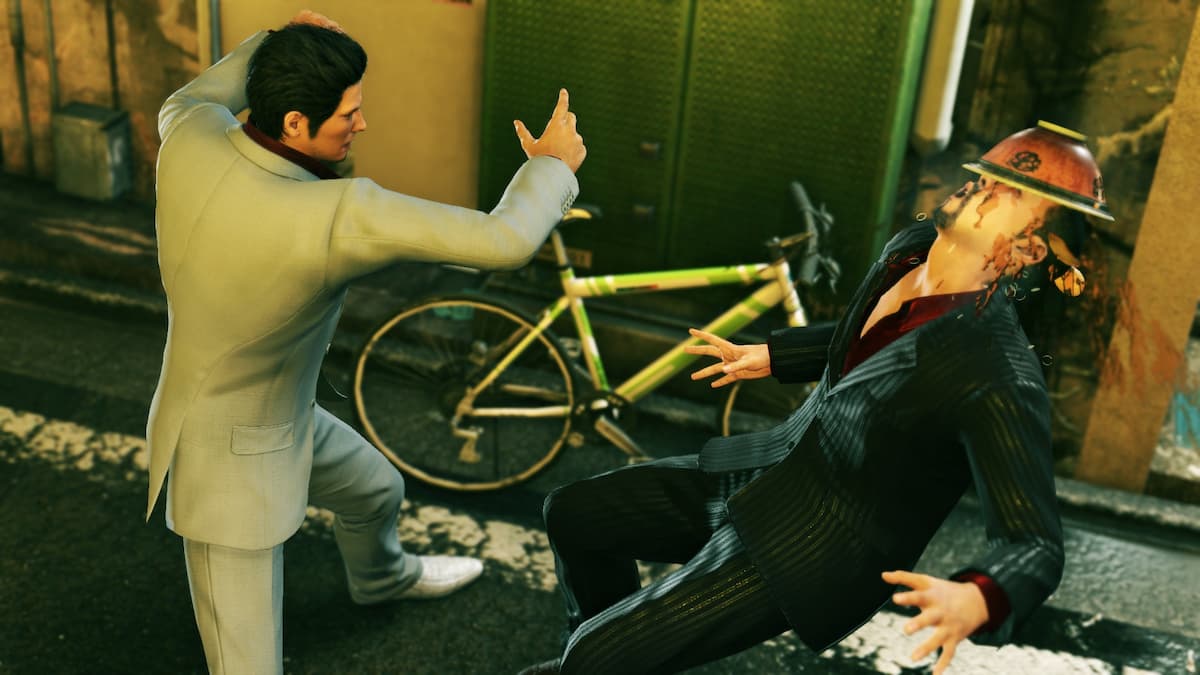
The remake of Yakuza 2, Yakuza Kiwami 2 follows in the footsteps of the first remake but adds more improvements to overall gameplay and graphics. Some additions to the plot were also made to add more depth to the storyline, resolving confusing details introduced in the original game.
While the game features a combat system similar to the one used in Yakuza 6: The Song of Life, it does introduce new moves. It also features a new story scenario that lets players play as Majima.
Judgment (2019)

Another spin-off in the Like a Dragon series of titles, Judgment highlights a private detective named Takayuki Yagami who spends his time investigating crimes in the Kamurocho district. This entry focuses more on stealth and investigation instead of the usual brawls found in other Yakuza games.
This game was made out of a desire to create a story contrasting that of the original Yakuza series. And while some considered its detective mechanics simplistic, it became a popular choice among many players.
Yakuza: Like a Dragon (2020)
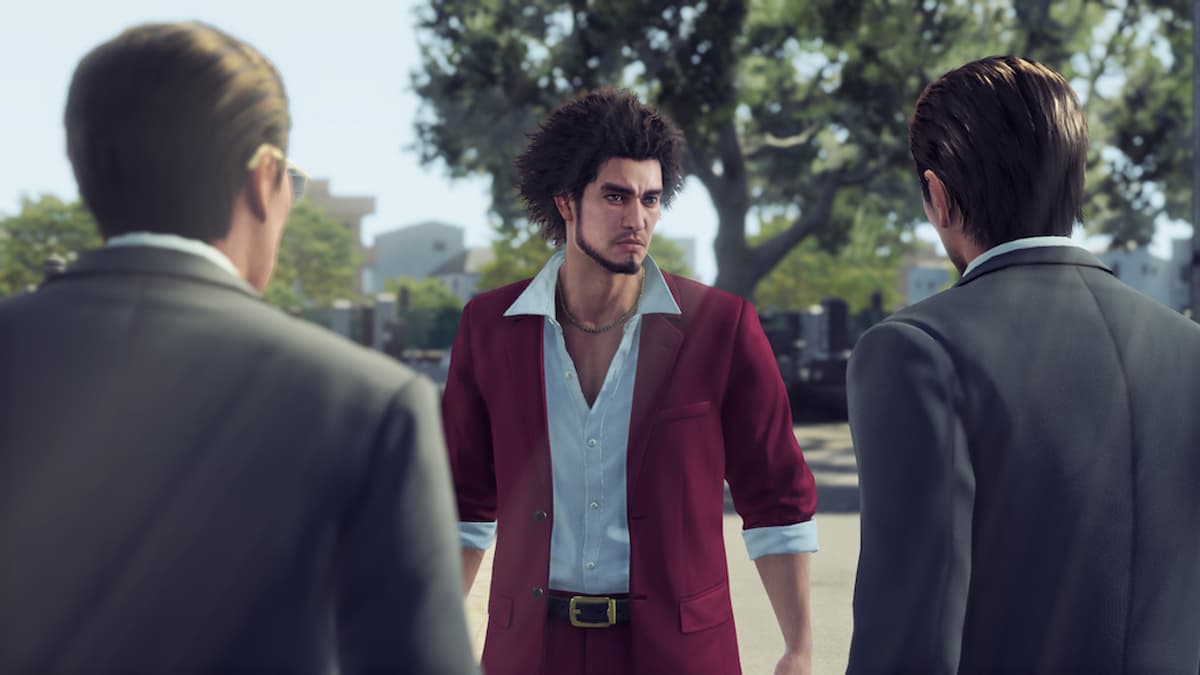
This game made a serious departure from the main titles and spin-offs to introduce a new character class system called Jobs, a new turn-based combat system, and a new protagonist named Ichiban Kasuga who, like Kiryu, was also imprisoned for something he didn’t do.
Yakuza: Like a Dragon was warmly received by many players and was praised for its narrative, gameplay, characters, presentation, and use of RPG mechanics. This will likely appeal to RPG fans.
Lost Judgment (2021)

The sequel to the 2019 spin-off, Lost Judgment again lets players take on the role of detective Takayuki Yagami to investigate the events in the game’s world. The game brings back some mechanics from the earlier game, such as the combat system, but introduces new features as well.
Yagami, for example, has a new Snake fighting style in addition to the Crane and Tiger styles. He can also call on Ranpo, a “Detective Dog” who can help him find clues and hidden items. Lost Judgment also has a new playable character, Masaharu Kaito, who happens to be Yagami’s partner.





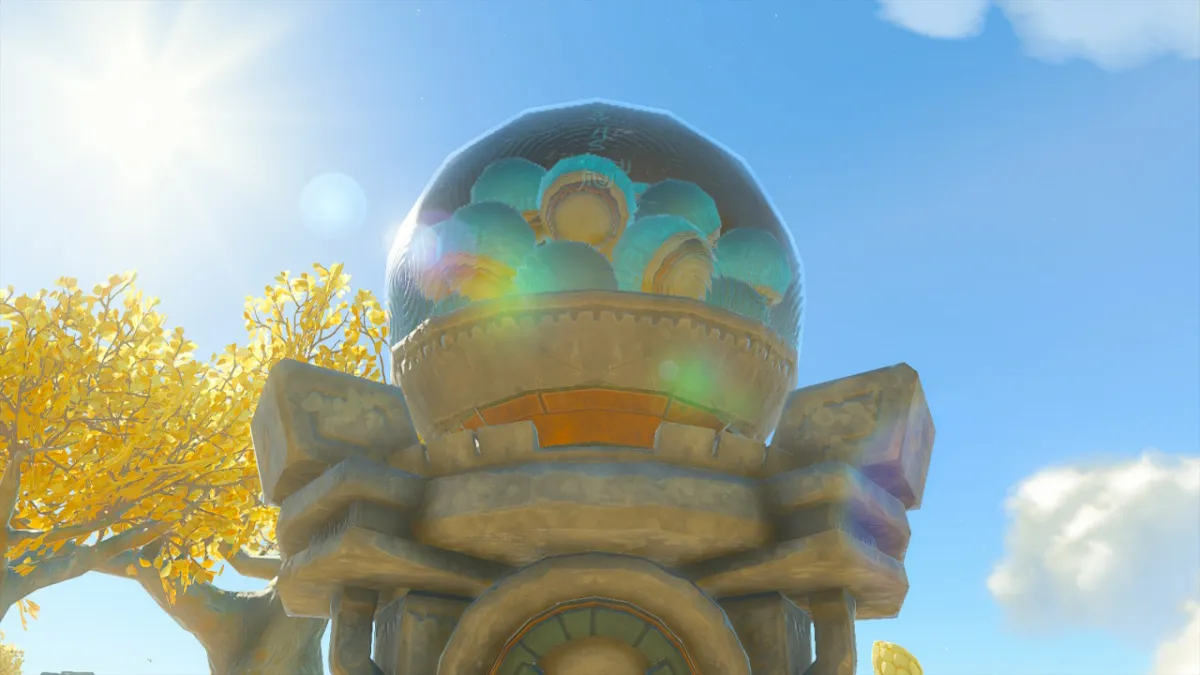
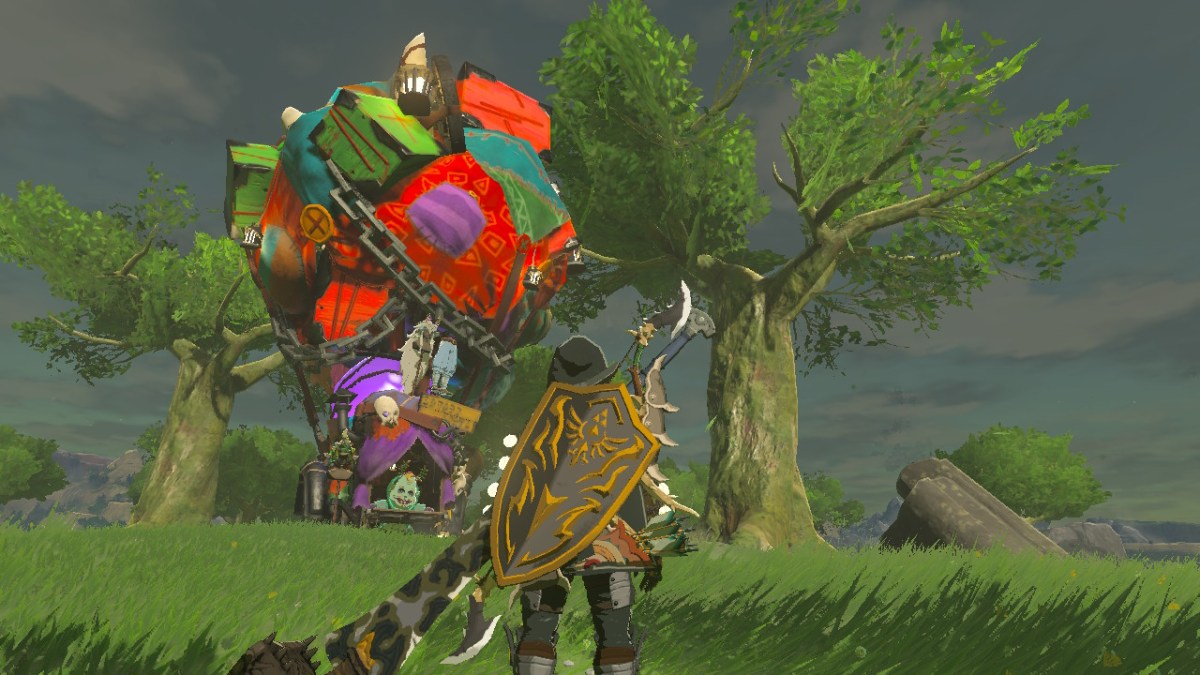


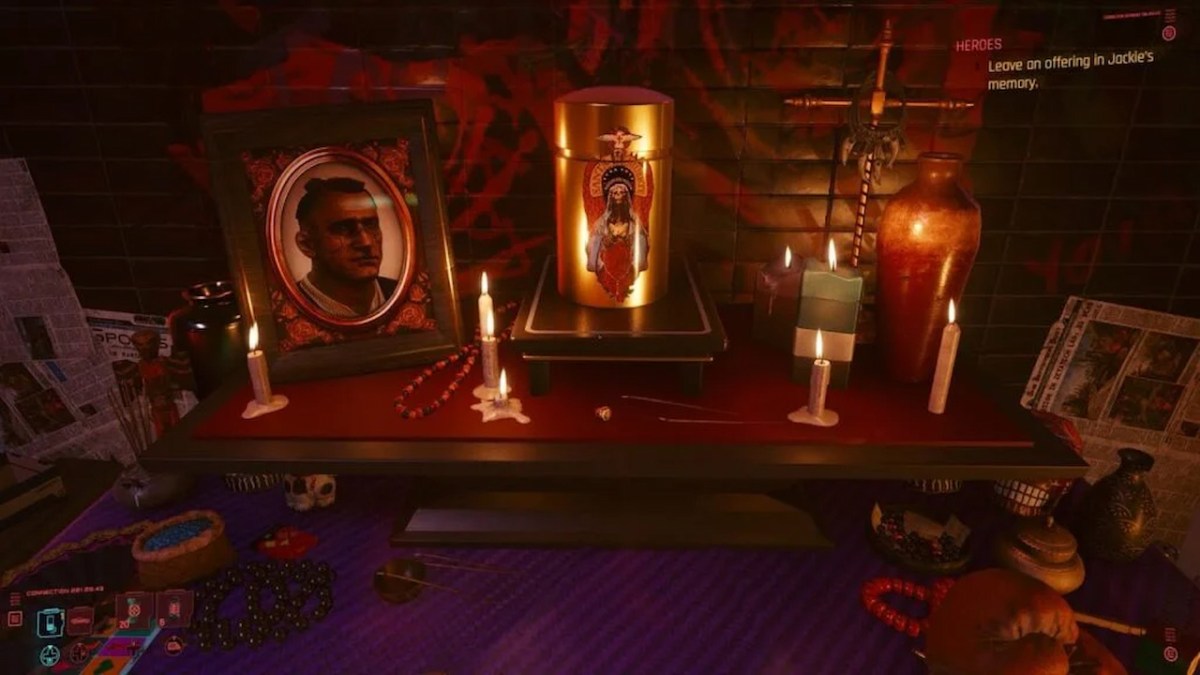
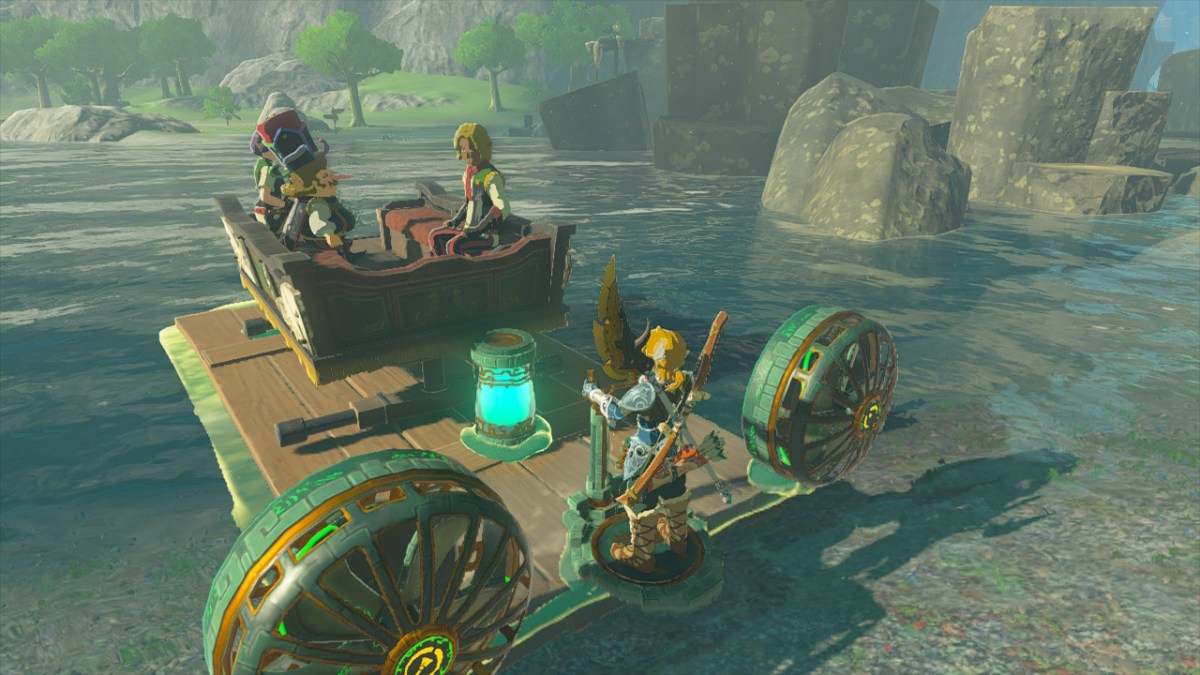
Published: Jan 10, 2023 01:59 pm